ECOLOGY ▪ EDUCATION ▪ ADVOCACY
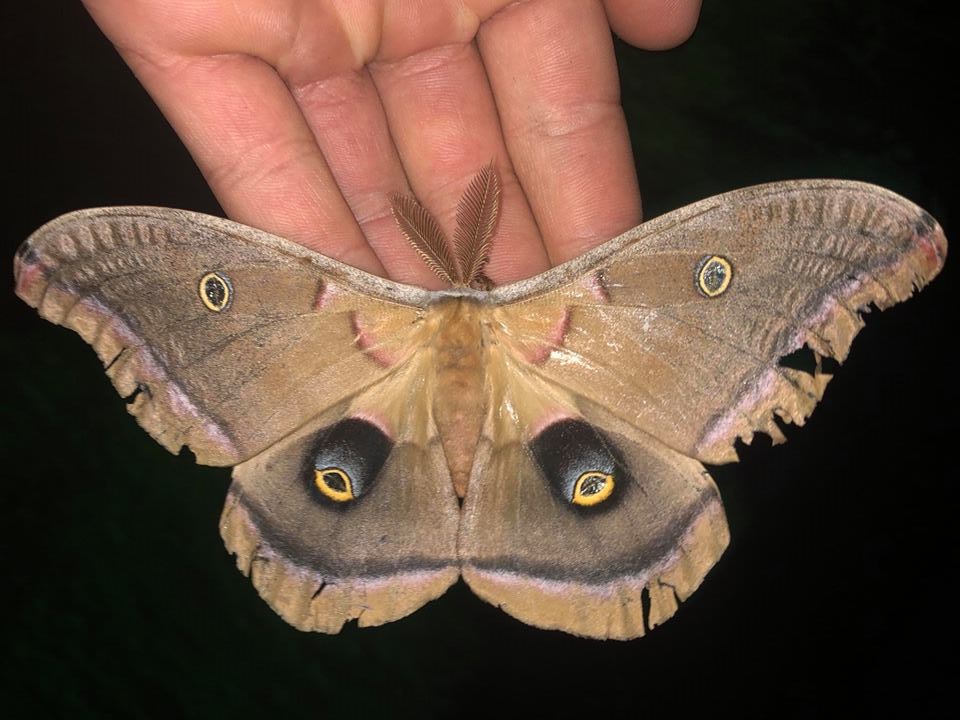
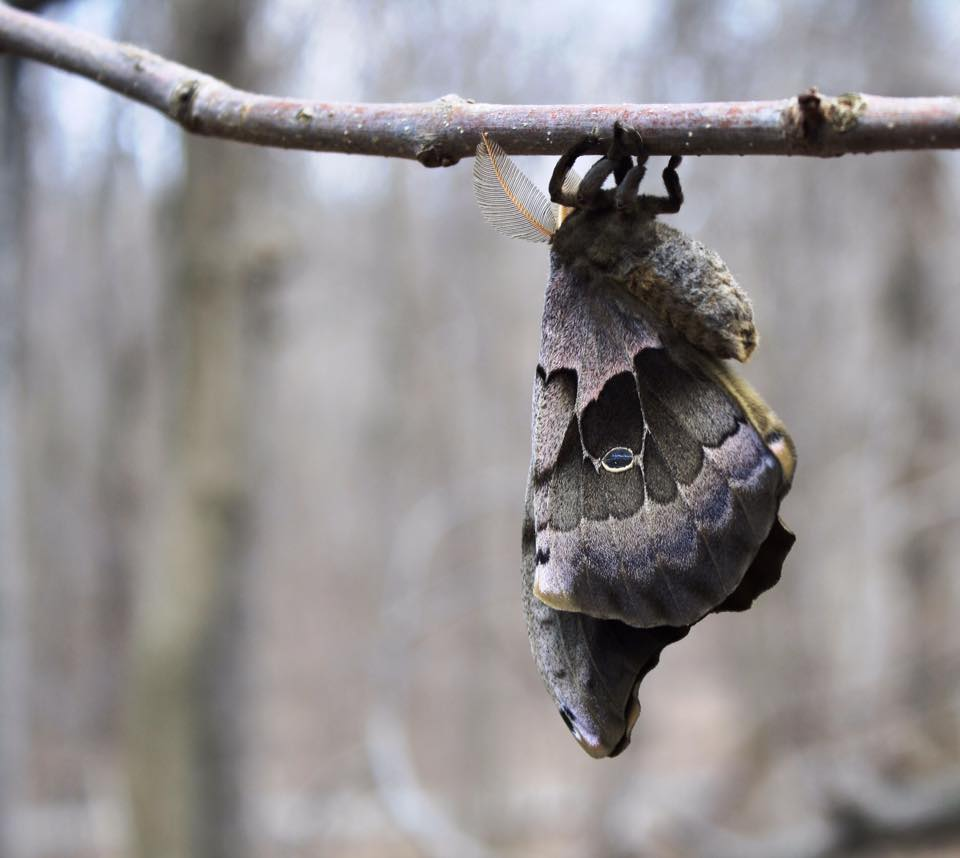
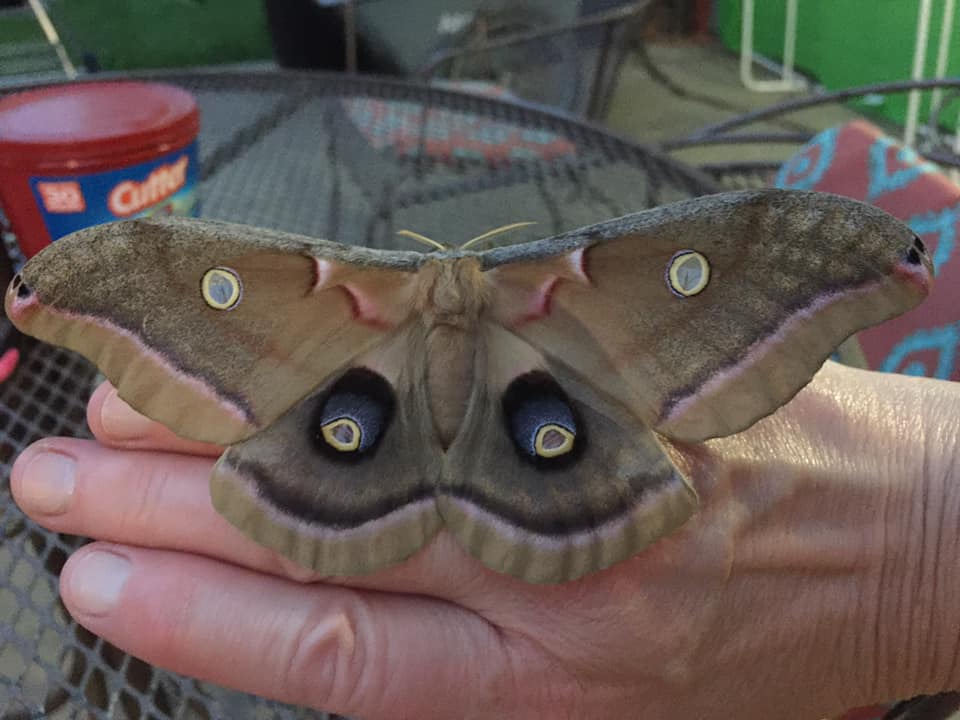
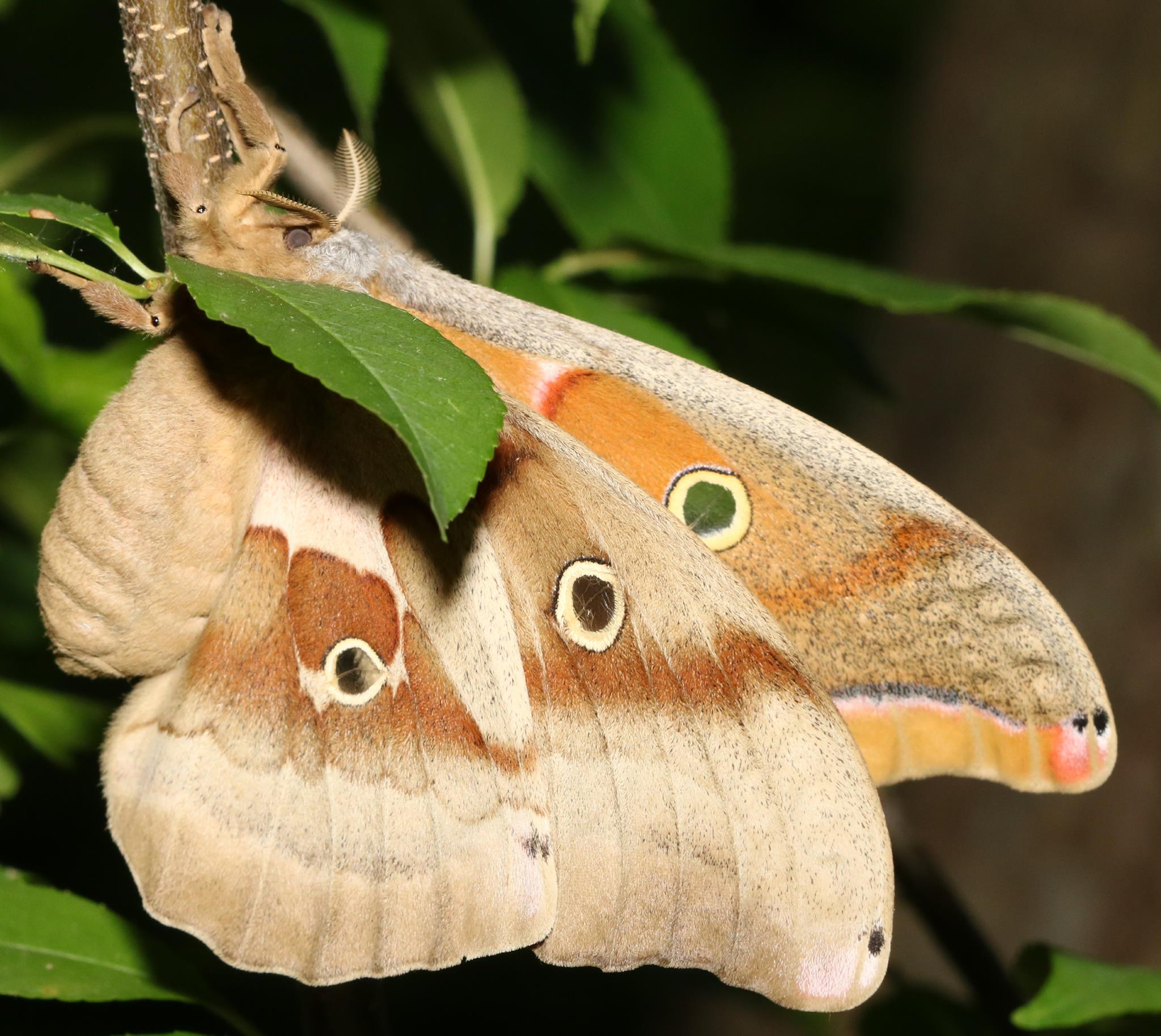
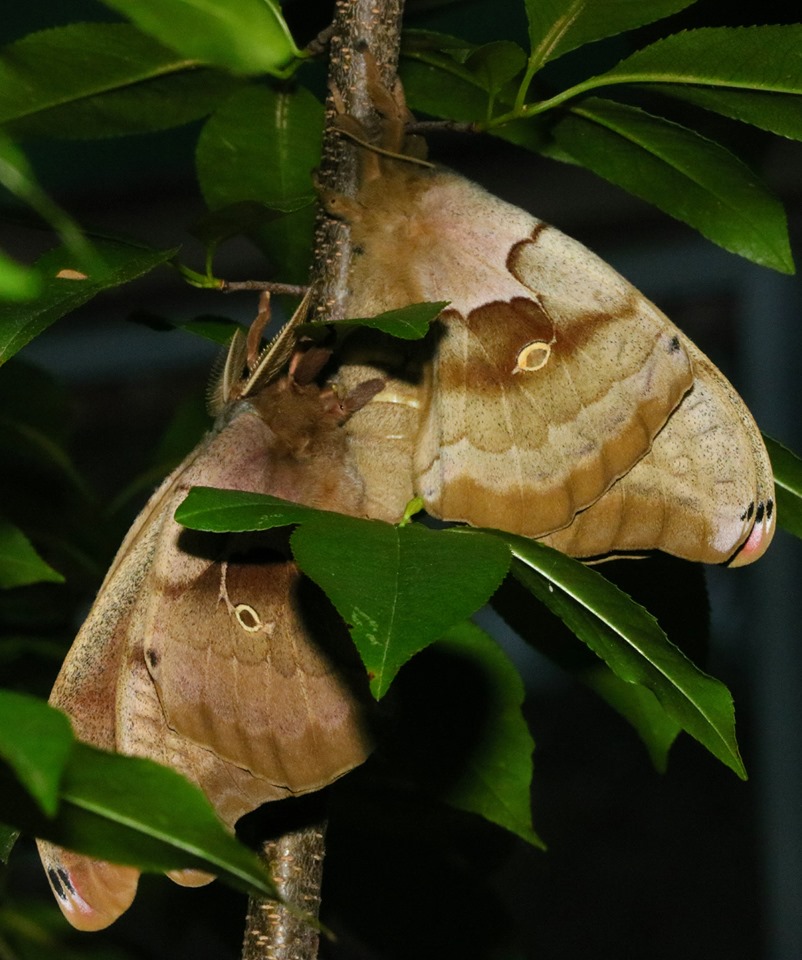
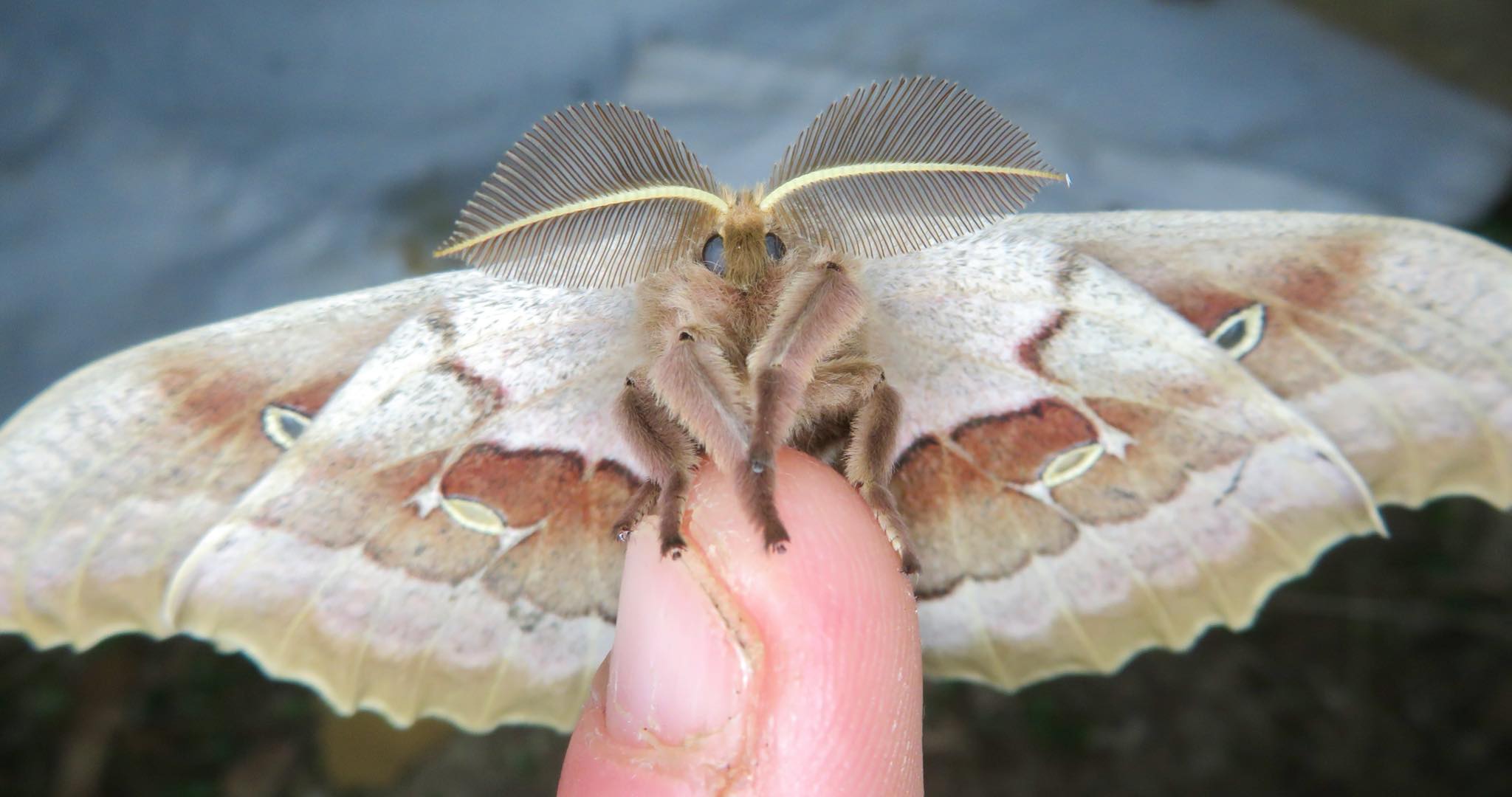
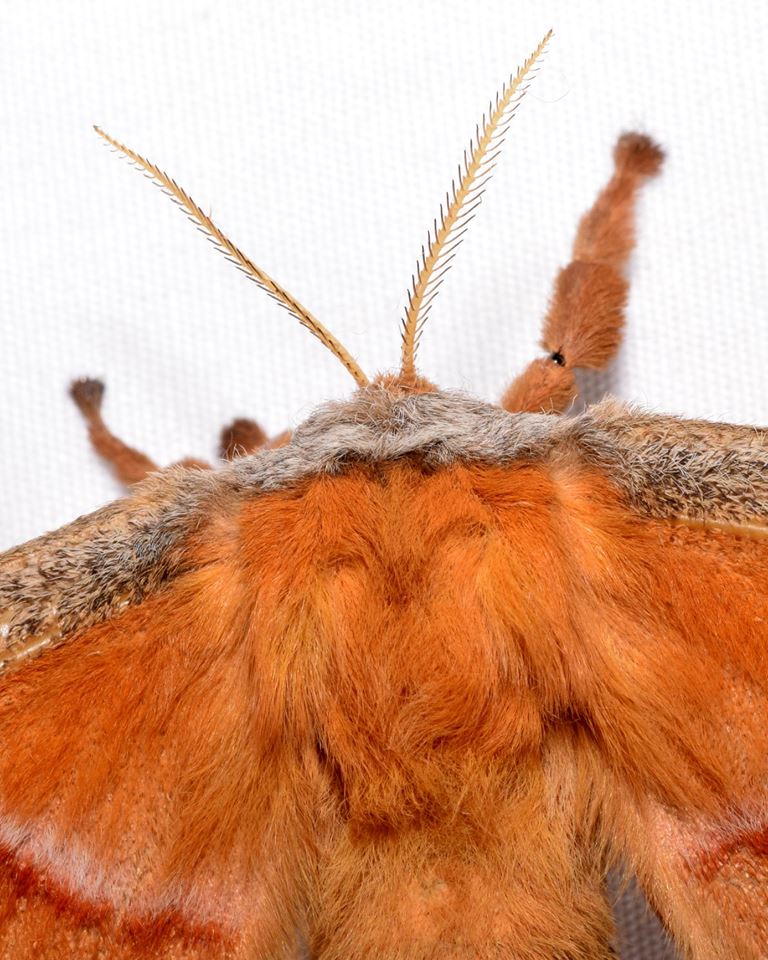
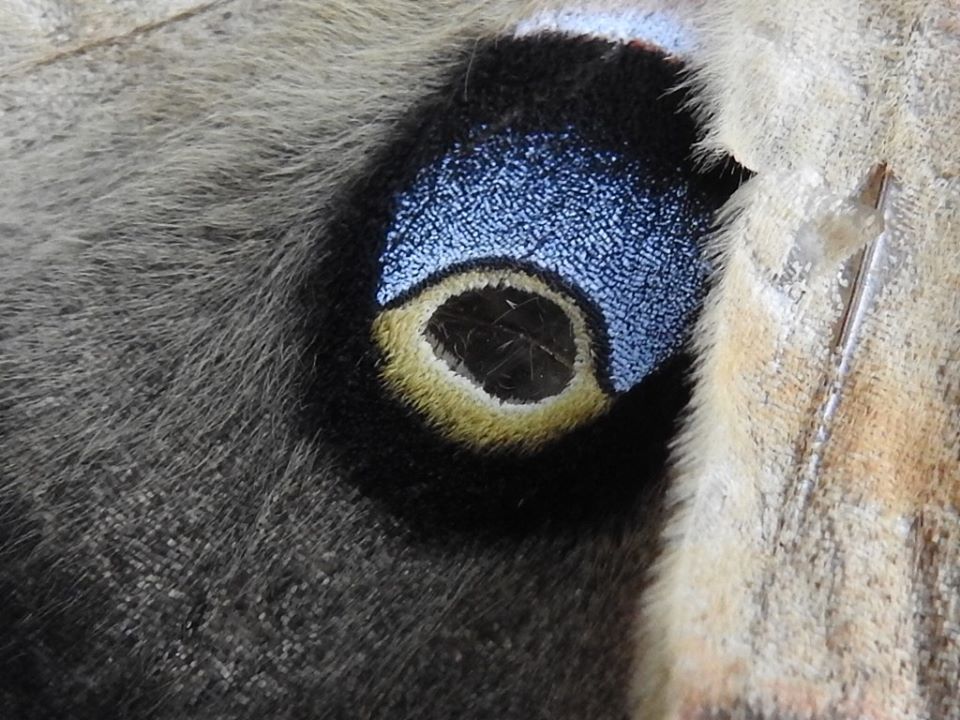
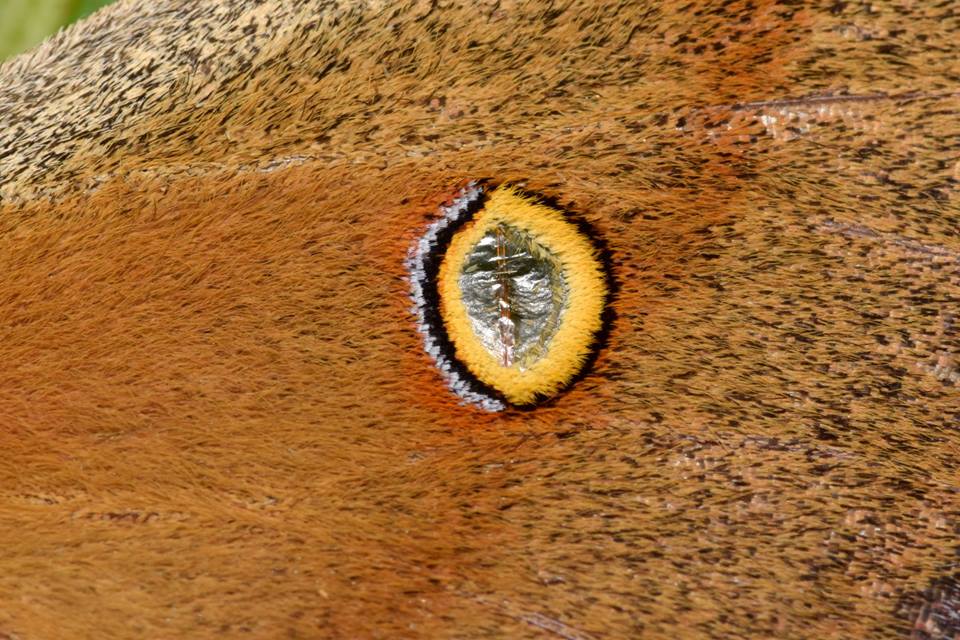
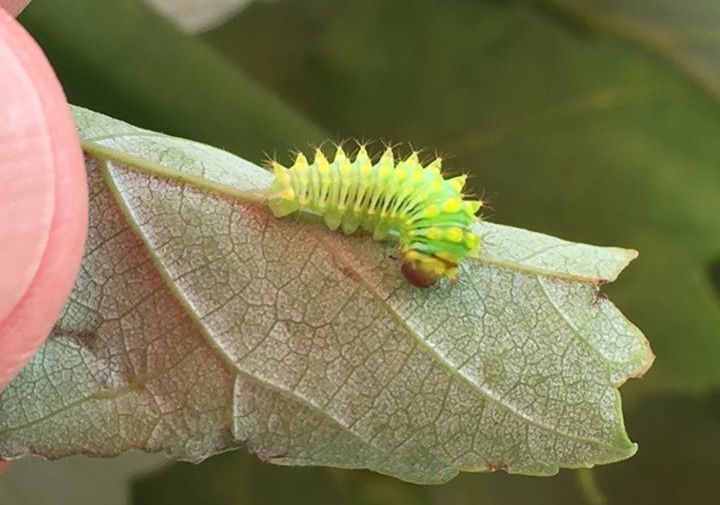
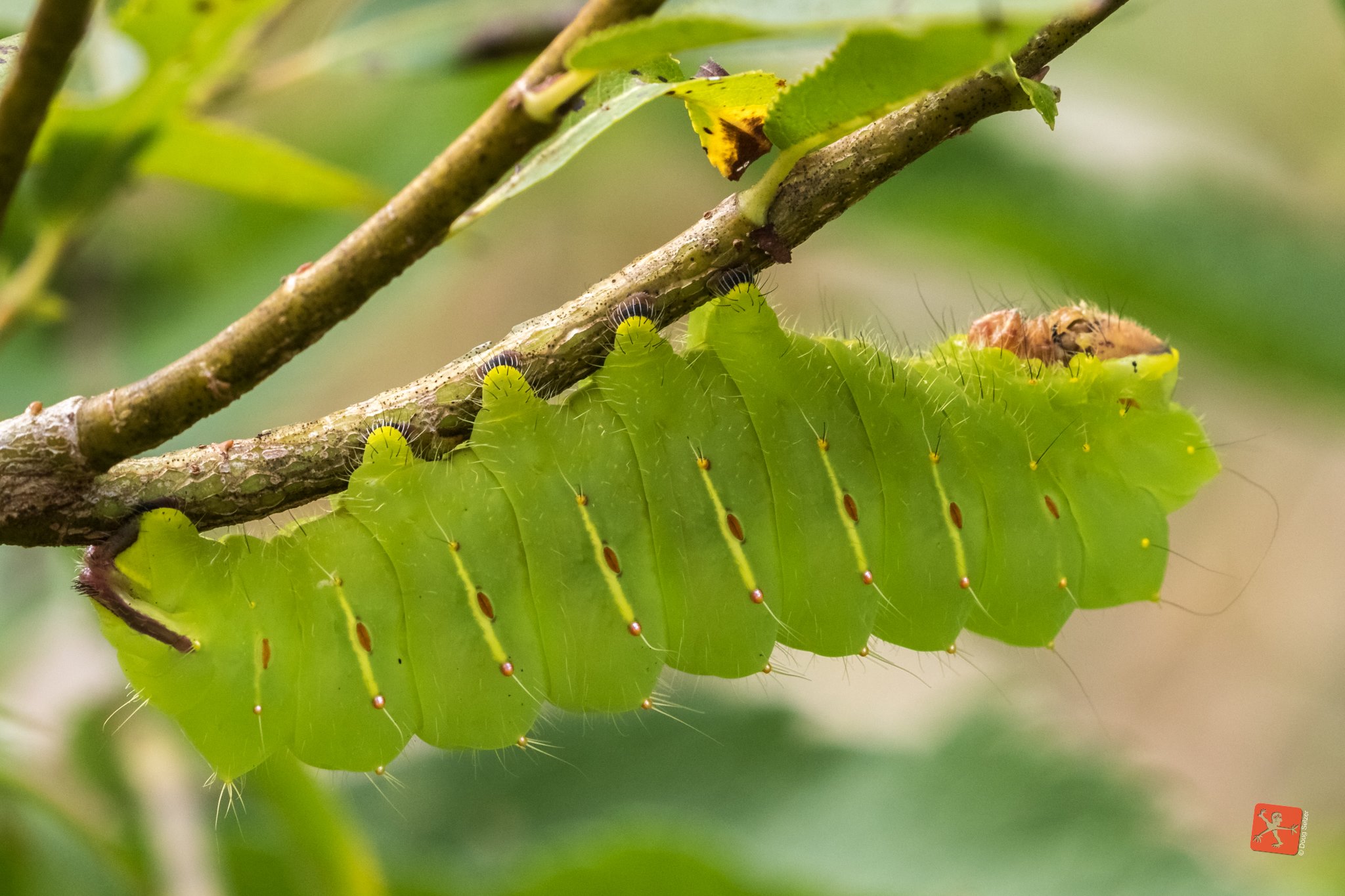
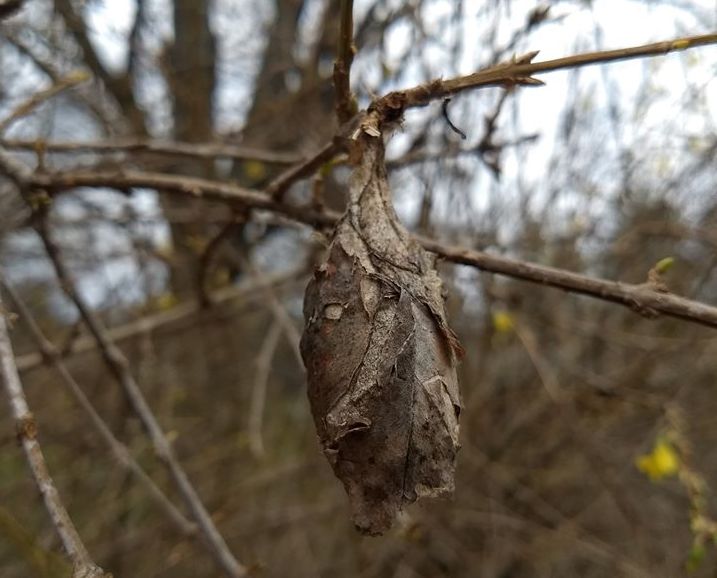
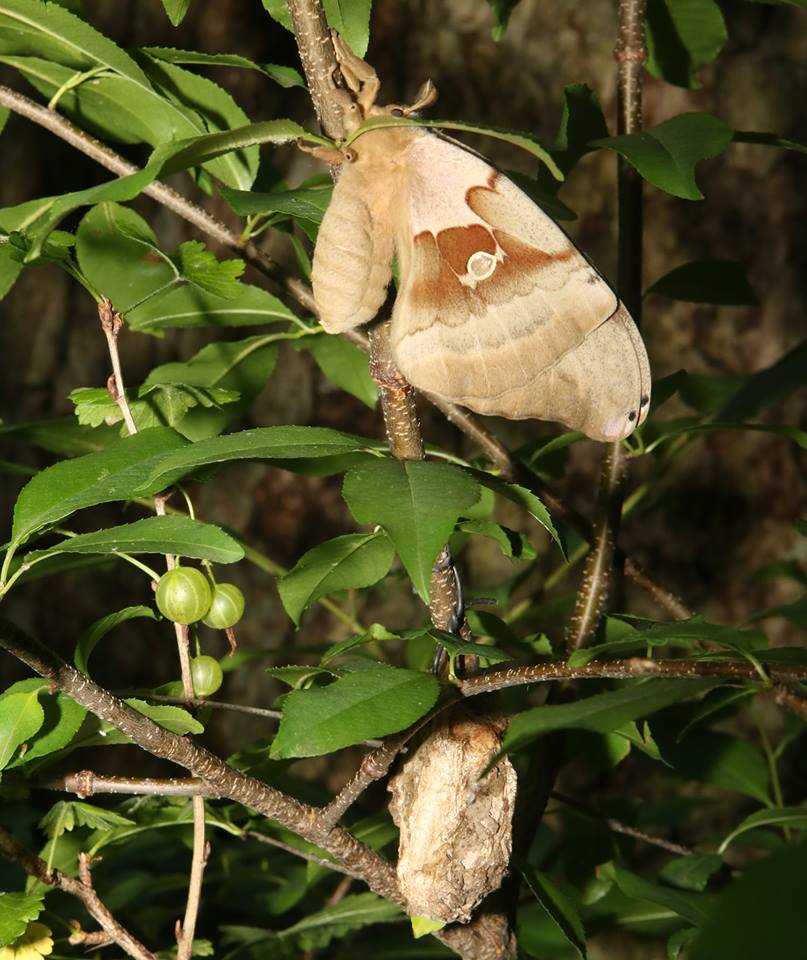
Antheraea: Origin is New Latin but most likely derived from Greek antheros meaning “brightly colored, brilliant, or flowery.”
Polyphemus: Named after the cyclopic son of Poseidon in Greek mythology; a reference to the moth’s pronounced eyespots.

an-thur-ee-uh pah-lee-fee-muhs














This map illustrates documented North American records of Antheraea polyphemus as of 31 December 2020.
 Documented record(s)
Documented record(s)Although their populations are considered secure, polyphemus moths overwinter as pupae, often in leaf litter. At least one source indicates the common autumn practice of raking and discarding leaves must result in widespread loss of polyphemus pupae (Bouseman & Sternburg 2002).
 5: Secure
5: Secure  NR: Not ranked
NR: Not ranked
Antheraea polyphemus caterpillars are polyphagous and feed almost exclusively on the foliage of native trees and shrubs. Adults lack a digestive system, do not eat, and exist solely for reproduction.
| Known Larval Food Sources in Indiana | ||
| Family | Taxonomic Name | Common Name |
|---|---|---|
| Order: Cornales | ||
| Cornaceae | Cornus spp. | dogwoods |
| Order: Dipsicales | ||
| Adoxaceae | Sambucus spp. | elderberries |
| Caprifoliaceae | Weigela spp. | weigela |
| Order: Ericales | ||
| Epigaea repens | Epigaea repens | trailing arbutus |
| Ericaceae | Gaylussacia spp. | huckleberries |
| Vaccinium spp. | blueberries | |
| Order: Fabales | ||
| Fabaceae | Baptisia spp. | wild indigos |
| Gleditsia spp. | water and honey locusts | |
| Order: Fagales | ||
| Betulaceae | Alnus spp. | alders |
| Betula spp. | birches | |
| Carpinus caroliniana | musclewood, aka blue beech | |
| Corylus americana | American hazelnut | |
| Ostrya virginiana | hop-hornbeam, aka ironwood | |
| Fagaceae | Castanea dentata | American chestnut |
| Fagus grandifolia | American beech | |
| Quercus spp. | oaks | |
| Juglandaceae | Carya spp. | hickories |
| Juglans spp. | black walnut and butternut | |
| Order: Hamamelidales | ||
| Platanaceae | Platanus occidentalis | American sycamore |
| Order: Lamiales | ||
| Oleaceae | Fraxinus spp. | ashes |
| Order: Laurales | ||
| Lauraceae | Sassafras albidum | sassafras |
| Order: Magnoliales | ||
| Magnoliaceae | Liriodendron tulipifera | tulip tree |
| Order: Malvales | ||
| Tiliaceae | Tilia americana | American basswood |
| Order: Myrtales | ||
| Lythraceae | Lythrum spp. | loosestrifes |
| Order: Pinales | ||
| Pinaceae | Pinus | pines |
| Order: Rosales | ||
| Rhamnaceae | Rhamnus spp. | buckthorns |
| Rosaceae | Amelanchier spp. | serviceberries |
| Crataegus spp. | hawthorns | |
| Malus spp. | apples and crabapples | |
| Prunus spp. | cherries | |
| Pyrus spp. | pears | |
| Rosa spp. | roses | |
| Sorbus spp. | mountain ash | |
| Ulmaceae | Ulmus spp. | elms |
| Order: Salicales | ||
| Salicaceae | Populus spp. | poplars |
| Salix spp. | willows | |
| Order: Sapindales | ||
| Aceraceae | Acer spp. | maples |
| Anacardiaceae | Rhus spp. | sumacs |
| Hippocastanaceae | Aesculus spp. | buckeyes |
| Order: Saxifragales | ||
| Hamamelidaceae | Hamamelis spp. | witch hazels |
| Order: Solinales | ||
| Solanaceae | Capsicum spp. | peppers |
| Order: Vitales | ||
| Vitaceae | Vitis spp. | grapes |
The map, graph(s), and data below represent the Indiana sightings of Antheraea polyphemus as of 17 April 2025, confirmed through photographic evidence by individuals who contributed to the Great American IN Nature Lepidoptera Project (GAIN LP).
Counties recorded:
55 of 92
Top counties/#of records:
Marion: 49
Hamilton: 30
Porter: 24
Lake: 19
Brown: 15
Johnson: 14
Hancock: 13
 GAIN LP documented in county
GAIN LP documented in county
The images and records below were all submitted by individuals through the Great American Indiana Nature Lepidoptera Project (GAIN LP).
The photograph of the Johann Heinrich Wilhelm Tischbein painting is public domain via Wikimedia Commons.